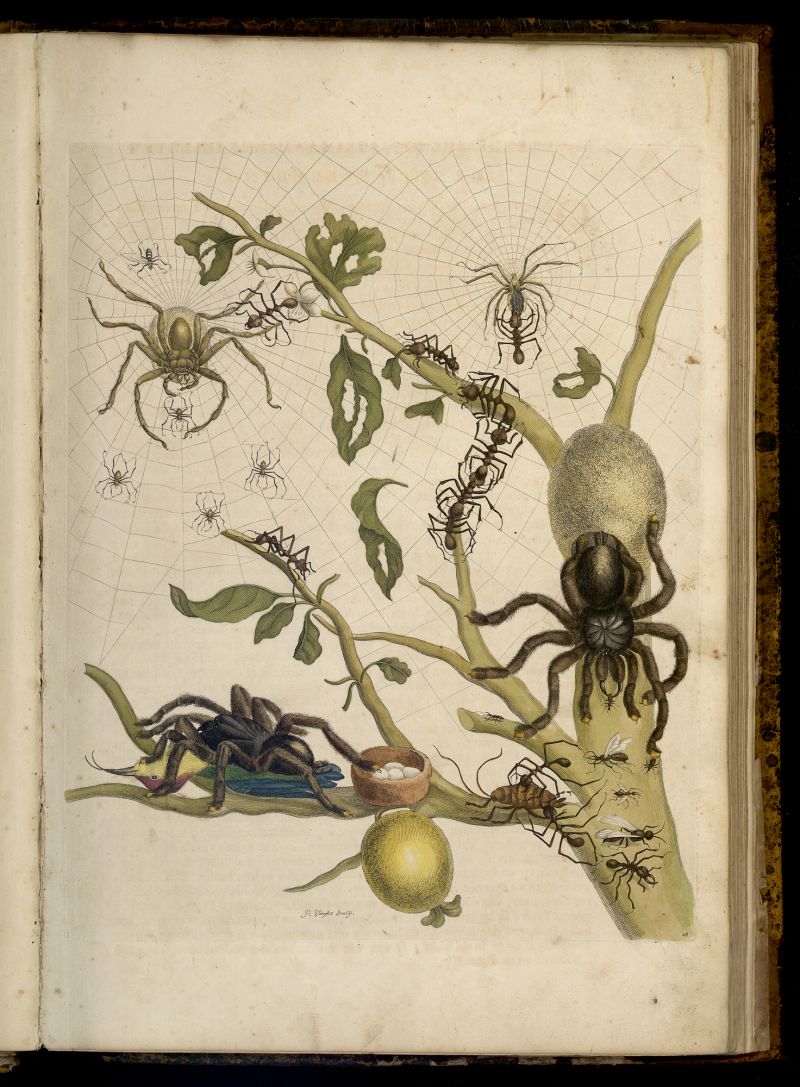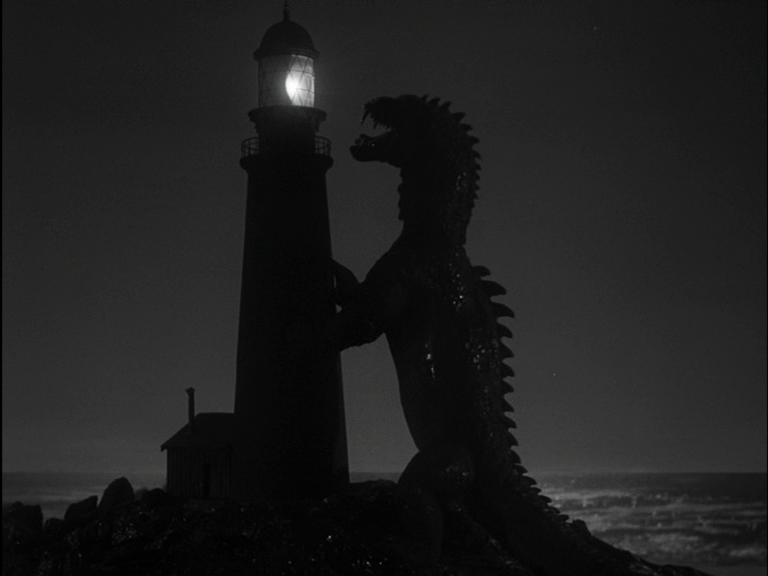I failed to mention, in yesterday’s essay about his love song, that Ah-Fang Van Der Houygendorp was a mountaineer. So let me put that right without further ado. Ah-Fang Van Der Houygendorp was a mountaineer, a noted mountaineer. Elsewhere, I wrote of him that “Physically, [he] was not really cut out for mountaineering. He was described by a contemporary as ‘a figure of untold puniness’, and he was indeed tiny and weak, short-sighted, lanky and prone to swooning fits. He was terrified of gnats, horseflies and fruitbats. He had an oversensitive digestive system and had to subsist mostly on thin soup or broth. It was difficult to find a mountaineering team willing to recruit so wretched a specimen, so Ah-Fang did most of his clambering up sheer rock faces solo, a man alone testing himself against the elements”.
This description was called into question by Brian Phantasm, who took me to task in the pages of Puny Mountaineers Monthly, accusing me of getting my Ah-Fangs mixed up. As if! There were not exactly dozens of Ah-Fang Van Der Houygendorps who were accomplished mountaineers, in love with Mrs Gubbins, and perished in the Hindenburg disaster. Granted, there may have been a couple of others, but – tellingly – Mr Phantasm – sorry, Doctor Phantasm – though what he is a doctor of God alone knows – the doctoring of signatures on counterfeit documents, probably – um – I think I have lost my thread. Let me begin that sentence again. Granted, there may have been a couple of other Ah-Fang Van Der Houygendorps who met the necessary criteria, but – tellingly – Doctor Phantasm does not identify the one he accuses me of getting mixed up with the Ah-Fang Van Der Houygendorp I was writing about. I hope that is clear. I am becoming somewhat befuddled in defending myself against these outrageous charges, and outrageous they are, as is Doctor Phantasm’s dress sense, but it is best to cast a veil over that, and a very thick veil, made of many blankets, as if he were a prisoner being ushered between police car and police station, covered to outwit the press photographers. It is my fond hope that one day Phantasm himself will be placed under arrest, and then he might stop attacking me in the pages of little-read magazines.
Our initial falling out, some years ago, was occasioned by a piece he wrote in News Of The Screes, a small circulation mountaineering journal devoted, as its title suggests, to scree, the accumulation of broken rock fragments at the base of crags, mountain cliffs, or valley shoulders. It was an ill-written and intemperate rant, the gist of which, when one got past the swearwords, was that the word “scree” should be dropped and replaced by “talus”, which means the same thing and has become the scientifically-approved term. “Scree” is of Old Norse origin, whereas “talus” derives from French. Now, I am neither Norse nor French, and Ah-Fang Van Der Houygendorp was Sino-Dutch, so my championing of “scree” is not based on any infantile sense of chauvinism. But champion “scree” I do, without apology, in all weathers. It is clearly the more apposite word for the accumulation of broken rock fragments at the base of crags, mountain cliffs, or valley shoulders which serves as its definition. Go to a scree and have a go at clambering across it if you don’t believe me. Better, be there when tumbling rock fragments from the upper slopes come crashing down to add to the scree, and raise the earflaps of your mountaineering hat to listen carefully. I am sure you will agree that “scree” beats “talus” hands down, whatever our French amis and scientists might say on the matter.
I wrote a letter to the editor of News Of The Screes, arguing my point and suggesting that Doctor Phantasm was an oaf and a dunderpate and probably a forger of doctored signatures on important documents. Thus our war of words began, and it continues to this day. So when he writes to accuse me of mixing up my Ah-Fangs, I swat his article aside as I might swat one of the gnats Ah-Fang Van Der Houygendorp was so affrighted by. That is my Ah-Fang, of course, not one of Brian Phantasm’s putative unidentified Ah-Fangs.
My Ah-Fang spent much of his mountaineering time clambering across scree. His puniness was such that he often grew exhausted, panting, panting, panting, while barely across the scree, whatever the steepness or otherwise of its gradient. For remember that some scree is steeper than other scree, depending on its geographical location and indeed the circumstances of its geological formation, whether created by dint of mechanical weathering by ice, chemical weathering by mineral hydration and salt deposition, thermal stresses, topographic stresses, or biotic processes. [Note to self: make a study of the word “dint”.] Sometimes Ah-Fang was so puffed out from clambering over a mere few yards of scree that he collapsed upon it, gazing hopelessly upwards to where the summit he aimed to ascend vanished in the clouds. Could there be a more pitiable image of a mountaineer?
But we must bear in mind that some scree can prove to be devilishly difficult terrain. All those rock fragments, often loose, can be perilous, even when one is not puny. So let us not mock Ah-Fang, or rather his memory, as the despicable and quite probably criminal Brian Phantasm has done in his latest piece of grievous folderol. No fewer than ten pages of last week’s issue of Screeds On Scree were given over to a disgraceful rewriting of history, in which Phantasm claims that Ah-Fang Van Der Houygendorp used stilts and some kind of anti-panting elixir to cross the scree at the foot of Big Oddly-Shaped Mountain Number Seven in 1929, one of his most famous ascents, and the one for which he was awarded a medal – the very medal I snapped up at an auction of Ah-Fang memorabilia which was then stolen from me by a footpad who bore a striking resemblance to Brian Phantasm. I have no proof, and I have never knowingly met this hellhound, but my assailant had a bouffant and cummerbund and winklepickers identical to those sported by Phantasm in the one grainy black and white photograph of him that I have seen, a copy of which I keep pasted in my Enemies Book (page 149, lavender series).
And so once again I must take up my butcher’s pencil to rebut, or refute, I can’t remember which, the calumnies rained down upon Ah-Fang. But I will continue to defend his memory until the cows come home. And no, they are not coming home now, o’er the rain-soaked loam.







